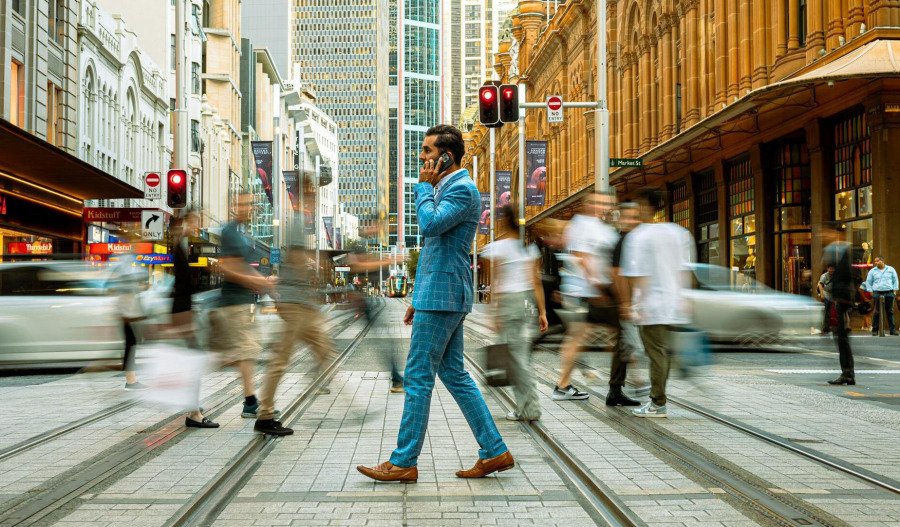Household spending in Australia remained largely flat in April, rising by just 0.1% in seasonally adjusted terms, according to data released by the Australian Bureau of Statistics (ABS).
When compared with the same month in 2024, spending was up 3.7%, as services spending rose 7.2%, while goods spending grew 0.9%.
The modest monthly increase followed a 0.1% fall in March and a 0.2% rise in February.
“Household spending remained steady in April, with a rise in spending on services being partly offset by a fall in goods spending,” said Robert Ewing, ABS head of business statistics.
Spending increased in only three of the nine main categories. The largest gains were recorded in hotels, cafes and restaurants, up 2.2%, health, which added 1.6%, as well as recreation and culture, up 1.1%.
“Spending on recreational and cultural activities, health, and dining out contributed to a 1.5% rise in services spending,” Ewing said. “Spending on goods fell by 1.1%, with households buying less clothing and footwear and new vehicles.”
Clothing and footwear purchases dropped sharply by 3.5%, while spending on alcoholic beverages and tobacco also fell by 3.2%.
Regionally, household spending rose in just two states. Queensland led the gains, rising 2.0% after a 1.3% decline in March caused by ex-tropical cyclone Alfred. Western Australia posted a 0.5% rise.
The steepest declines were seen in Tasmania, down 1.5%, the Northern Territory, falling 0.9%, and Victoria, which eased 0.8%.
The ABS also confirmed changes to its data reporting structure. “The improvements made to the Monthly Household Spending Indicator (MHSI) mean the Retail Trade publication will end from 31 July 2025,” Ewing said.
“The improved MHSI data will give a more comprehensive view of household spending and save businesses time by removing the need to complete a Retail Business Survey.”



